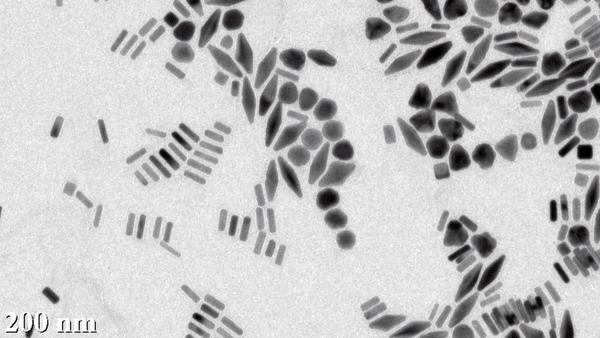
Discover the internet WEBsite of the LIONS (Interdisciplinary Laboratory on Nanoscale and Supramolecular Organization).

Discover the internet WEBsite of the LIONS (Interdisciplinary Laboratory on Nanoscale and Supramolecular Organization).
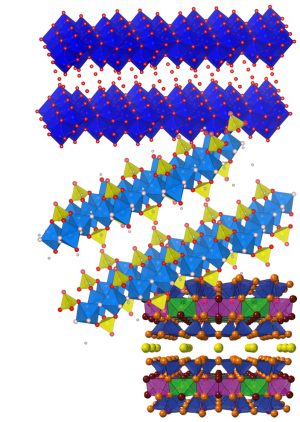
Summary: Nanomaterials hold promise for the development of innovative membranes towards the purification of water and desalination. Two-dimensional materials (2D) when stacked in 2D nanolaminates have been investigated for molecular sieving via size-limited diffusion in the 2D capillaries while nanofluidic ionic diodes can efficiently control the diffusion of ions depending on their charges. Within 2D-MEMBA,…
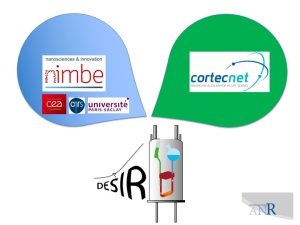
Efficient and sensitive detection of reaction intermediates via NMR The ability to control chemical reactions by simultaneously monitoring in real time and under real conditions the concentration of…
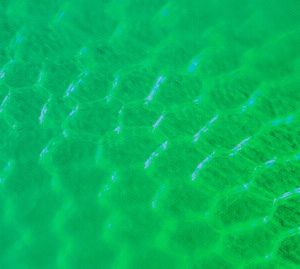
Le changement climatique résultant de l’accumulation de dioxyde de carbone anthropique dans l’atmosphère et l’incertitude quant à la quantité de réserves de combustibles fossiles récupérables…
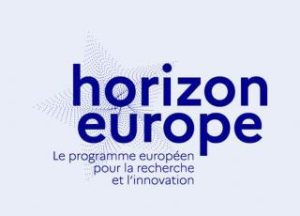
Le CEA-Iramis est partenaire du projet Européen Infrastructures “RISEnergy” qui rassemble un ensembled’entreprises, d’organismes de recherche, d’Universités et d’agences de financement européens (69…
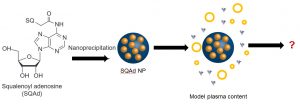
The Nanoprotection research project (http://nanoprotection.cnrs.fr/) gathers six French laboratories. Four scientist from the LIONS are involved: Frédéric Gobeaux, Jean-Philippe Renault, Fabienne…

Martine Regert, Deputy Scientific Director at the Institute of Ecology and Environment, and Philippe Dillmann, CNRS Research Director at IRAMAT’s LRC Saclay* and head of the “Laboratoire archéomatériaux et prévision de l’altération – LAPA” team at IRAMIS/NIMBE, are coordinators of the “Chantier CNRS Notre-Dame”, whose aim is to develop lines of research linked to the…

ANR-12-BSV5-0003, coordination and contact Patrick Berthault – LSDRM. This ambitious project aims at proposing the combined use of hyperpolarized 129Xe NMR, micro-fluidics and micro-coils as an…
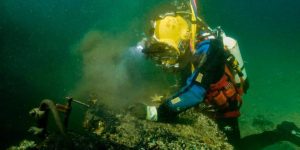
Depuis mai 2019, le LAPA est porteur d’une ANR «SOS– Save Our Shipwrecks » alliant la biocorrosion et le patrimoine sous-marin, comme les épaves métalliques sous-marines du second conflit mondial.…
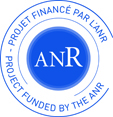
The ANR labcom project LETRIP (Laboratoire d’Etude des Traitements et Revêtements Innovants pour le Patrimoine) is a joint laboratory between the NIMBE/LAPA (CEA/CNRS, Université Paris Saclay,…
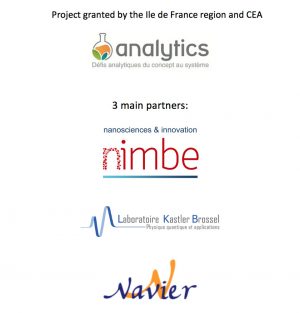
Nuclear Magnetic Resonance is a powerful analytical tool that allows a wide variety of studies of matter, in all its forms. It involves very low energies and combines multi-scale properties for…
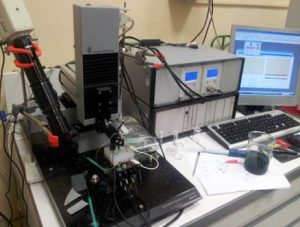
Electrochemical microscopy (SECM, for Scanning ElectroChemical Microscopy) is an electrochemical technique developed in the late 90s. It involves bringing a micrometer-sized electrode close to the surface to be studied. Depending on the nature of the electrolyte in which the experiment is carried out, and the potential conditions imposed on the electrode and substrate, we can…

Permanents impliqués: Mickaël Bouhier, Jean-Charles Méaudre. La Reflectance Transformation Imaging (RTI), ou imagerie de transformation par réflectivité, est une méthode d’imagerie basée sur la…
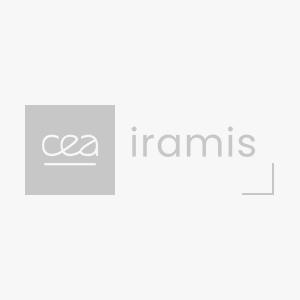
InstrumentalSetups: SEOP in a van Low field NMR Rotating magnets Microdetectionin microfluidic device Super Wide Bore Sample shuttling / Navette porte échantillon

The microfluidics is the science and technology of systems that process or manipulate small amounts of fluids (nanoliter to attoliter), using channels with dimensions of tens to hundreds of…
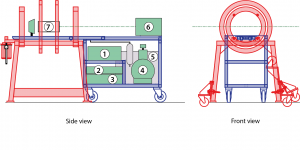
Objective One of the biggest limitations of Nuclear Magnetic Resonance (NMR) is its lack of sensitivity linked to the low nuclear spin polarization. For several years we develop in the lab an…
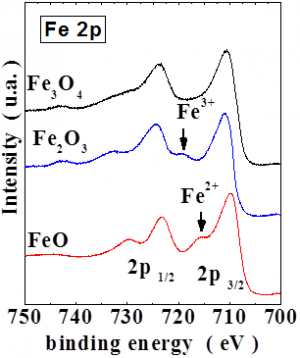
La spectrométrie XPS (X-Ray Photo-electron Spectroscopy) La spectroscopie XPS permet de mesurer le nombre d’électrons émis dans un intervalle d’énergie en fonction de l’énergie de liaison des…
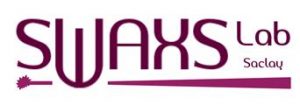
The Laboratoire Léon Brillouin (LLB) has installed in the “SWAXSLab” within the CEA Saclay a high resolution X-ray spectrometer Xeuss 2.0 from Xenoxs company ). This equipment aims at SAXS/ GISAXS…
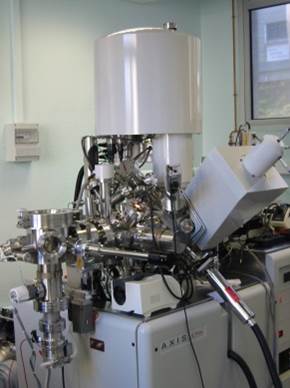
X-ray Photoelectron Spectroscopy (XPS) is a surface analysis technique which provides both chemical and electronic properties. Through the photoelectric effect, photoelectrons are ejected from the surface illuminated with a X-ray source. They have characteristic binding energy which depends on the element, orbital and chemical environment of the atom. This technique allows the detection of virtually…
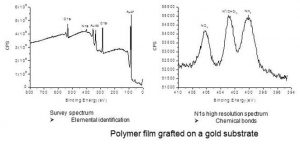
XPS, X-ray Photoelectron Spectroscopy is a surface analysis technique which provides both chemical and electronic properties. Through the photoelectric effect, photoelectrons are ejected from the…
Domain, Specialties : Instrumentation Key words: microfluidics, RMN Research Unit : NIMBE / LSDRM The objective of this internship is to design and optimize a microfluidic device that meets the constraints associated with: the study of biological samples (temperature control, perfusion with culture medium, pH control, absence of contamination, etc.), NMR experiments (effective dissolution of…
Domain, Specialties : CHEMISTRY Research Unit : NIMBE / LIONS Ionising radiation can be used to induce chemical reactions of interest, such as CO2 conversion in a decarbonisation context. However, the low yields associated with this process limit its development. In this internship, we propose to study one or more strategies for optimising these yields,…
Domain, Specialties : Materials chemistry Keywords: Nanomaterials, Analytical chemistry Research Unit : NIMBE / LEDNA Per- and polyfluoroalkyl substances (PFAS) are highly persistent molecules in groundwater and soils. Their stability comes from the robustness of C–F bonds, which require highly energetic processes for cleavage. While thermal degradation (>1000°C) can break these C–F bonds, it demands…
Domain, Specialties : CHEMISTRY Keywords: Recycling, depolymerisation, green chemistry Research Unit : NIMBE / LICSEN This internship addresses a major environmental and economic challenge: e-waste recycling. Electronic waste is one of the fastest-growing waste streams globally, containing valuable metals like gold and polymer materials, yet its recovery remains limited and often harmful to the environment.…
Domain, Specialties : CHEMISTRY Keywords: Chemistry, homogeneous catalysis, reduction, polyamines, polyamides, polyurethanes. Research Unit : NIMBE / LCMCE The recovery of plastic waste is a key issue towards a circular economy. Through homogeneous catalysis processes involving metal catalysts that are soluble in reducing environments, the aim of this internship is to discover effective catalyst/reducing agent…
Domain, Specialties : CHEMISTRY Keywords: Process; Membrane; Analysis; Microfluidics Research Unit : NIMBE/LICSEN The increase in global production of electronic equipment is driving growing demand for raw materials, while supply is becoming increasingly complex. In order to meet this demand, recycling electronic waste appears to be a strategic way of securing supply. In order to…
Domain, Specialties : Radiochemistry Keywords: gas handling; electron irradiation; microfabrication; gas analysis ; instrumentation Research Unit : NIMBE / LIONS The use of ionizing radiation has been proposed to be a low impact treatment of gaz pollutant, both from an energetic and environmental point of view. This master thesis investigates the effects of ionizing radiation…
Domain, topic: Chemistry Keywords: Health, analytical chemistry, mass spectrometry, disease biomarkers Research Unit: NIMBE / LEDNA Development of an oligosaccharide purification method for glycomic analysis of biological samples Mise en place d’une méthode de purification d’oligosaccharides pour l’analyse glycomique d’échantillons biologiques Mots-clés : Santé, chimie analytique, spectrométrie de masse, biomarqueurs de maladies. Durée : 6…
Domain, topic: CHEMISTRY Keywords: Solid-phase extraction, instrumentation, microextraction mass spectrometry Research Unit: NIMBE / LEDNA Development of a miniaturized system for automated solid-phase extraction Durée : 5-6 mois Début souhaité : Février / Mars 2026 Lieu : CEA Saclay (DRF/IRAMIS/NIMBE/LEDNA) Basé au CEA Saclay, le Laboratoire des EDifices Nanométriques (LEDNA) est axé sur la recherche…
Domain, Specialties: Chimie des matériaux Keywords: Traitement de données, spectroscopie, patrimoine Unit: NIMBE/LAPA L’objectif de ce stage est de collecter sur des mêmes zones d’échantillon des cartographies à trois longueurs d’onde 473, 532 et 785 nm. Les jeux de données collectés seront traités à l’aide de méthodes chimiométriques de fusion de données dites “multiblocs”. Des…
Domain, Specialties : Chemistry Research Unit : NIMBE / LICSEN The internship is part of the energy transition, focusing on perovskite solar cells. These are promising due to their low manufacturing cost, but suffer from a lack of stability. The use of a carbon electrode is the preferred solution to increase this stability and facilitate…
Domain, Specialties : Materials chemistry Keywords: CO2 capture, Nanomaterials, Artificial Intelligence, Small-Angle X-ray scattering Research Unit : NIMBE / LIONS This internship explores the discovery of new nanostructured oxides for CO2 capture using an approach combining robotic synthesis and artificial intelligence. The project aims to validate this innovative methodology while identifying materials with improved performance.…
Domain, Specialties : Organic chemistry Keywords: catalysis, synthetic methodology Research Unit : NIMBE / LCMCE Faced with the depletion of fossil resources, this internship explores an alternative: using bio-based alkyl esters as electrophiles in cross-coupling reactions (Heck type), replacing polluting organic halides. The objective is to develop catalytic methods using abundant metals such as Fe/Co…
Domain, Specialties : Physical chemistry Keywords: energy transition, low-carbon cement and concrete, SAXS, microfluidics, automation Research Unit : NIMBE / LIONS This project aims to adapt a cement microreactor, recently developed for in situ analysis of carbonation curing by XRD, so that it is compatible with the DIADEM FastNano automated SAXS platform. The goal is…
Domain, Specialties : CHEMISTRY Keywords: Synthesis, batteries Research Unit: NIMBE / LEDNA The integration of a reference electrode into a battery allows the electrochemical potential of a given electrode to be measured without affecting the battery’s performance. This potential measurement provides insight into the battery’s aging mechanisms, thereby enabling its performance to be optimized. The…
Domain, Specialties : Chemisry Keywords: Polymer chemistry, plastic waste valorization Research Unit : NIMBE / LCMCE R&D Internship on an innovative chemical route for upcycling nylon waste Polyamides, in particular nylon 6 and nylon 6/6, are widely used as fibers or engineering plastics in various application sectors (textile, automotive, construction, etc.). Despite the development of…
Topic : CHIMIE Keywords: Organic chemistry Research Unit: NIMBE / LICSEN Porphyrin-based nanostructures Porphyrins are aromatic tetrapyrrole macrocycles that exhibit a wide variety of optical, optoelectronic, and electrochemical properties. The aim of this project is to synthesize new porphyrin-based materials to take advantage of these properties. Le but de ce projet est de synthétiser de…
Domain, Specialties : CHEMISTRY Keywords: Organic chemistry Research Unit : NIMBE / LICSEN Synthesis and study of graphenic materials The term graphene covers a whole family of materials. In this internship, we propose to build by organic synthesis methods graphene nanoparticles for the study of their optical properties and which can serve as a basic…
Post-doctorat à pourvoir : “La radiolyse pour explorer la réactivité de catalyseurs pour la production de C2H4” Le but du travail sera d’utiliser la radiolyse pour optimiser la production d’éthylène de divers couples réactif/catalyseur après irradiation. L’objectif est également d’utiliser toute la potentialité des techniques de radiolyse pour déterminer les mécanismes de réaction correspondants, et…
Available Post-doc position: “Radiolysis to explore the reactivity of catalysts for C2H4 production” The aim of this post-doctoral work is to use radiolysis to optimize the ethylene production from various reactant/catalyst couples after irradiation. The aim is also to use the full potential of radiolysis techniques to determine the corresponding reaction mechanisms, and understand which…
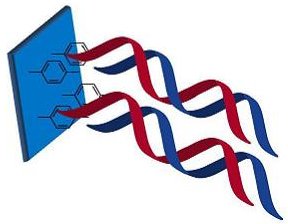
Several laboratories at NIMBE are involved in biology or healthcare-related research: See in particular the following research activities: Plusieurs laboratoires du NIMBE (LICSEN, LSDRM, LIONS, LEDNA) ont une activité de recherche en lien avec la biologie ou la santé : Voir plus particulièrement les activités de recherche suivantes :

Fundamental Research on materials enables us to develop methods for elaborating new materials with original properties. This research enables to adapt these materials to get the best performances in the realization of electronic or optical devices. Another research approach is to adapt materials for optimum performance in energy production, corrosion resistance, functionalized materials and catalytic…
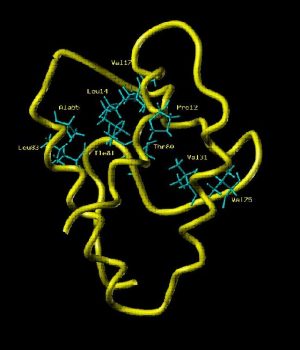
Threeresearch programsof the IRAMIS found an natural extension towards biology: Molecular engineering, where studies of co-operative interactions of molecules in solution found a direct extension…
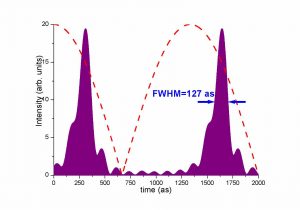
While the pulse durations of infrared lasers are reaching the fundamental limitation imposed by the duration of the optical cycle (a few femtoseconds), High-order Harmonic Generation has recently…
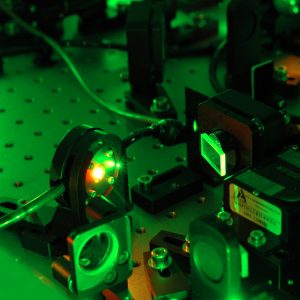
Cliquer ici pour consulter le nouveau site ‘Supports et Lasers à Impulsion Courte’ L’équipe SLIC (Supports et Lasers à Impulsions Courtes) est un groupe de développement laser et de support…